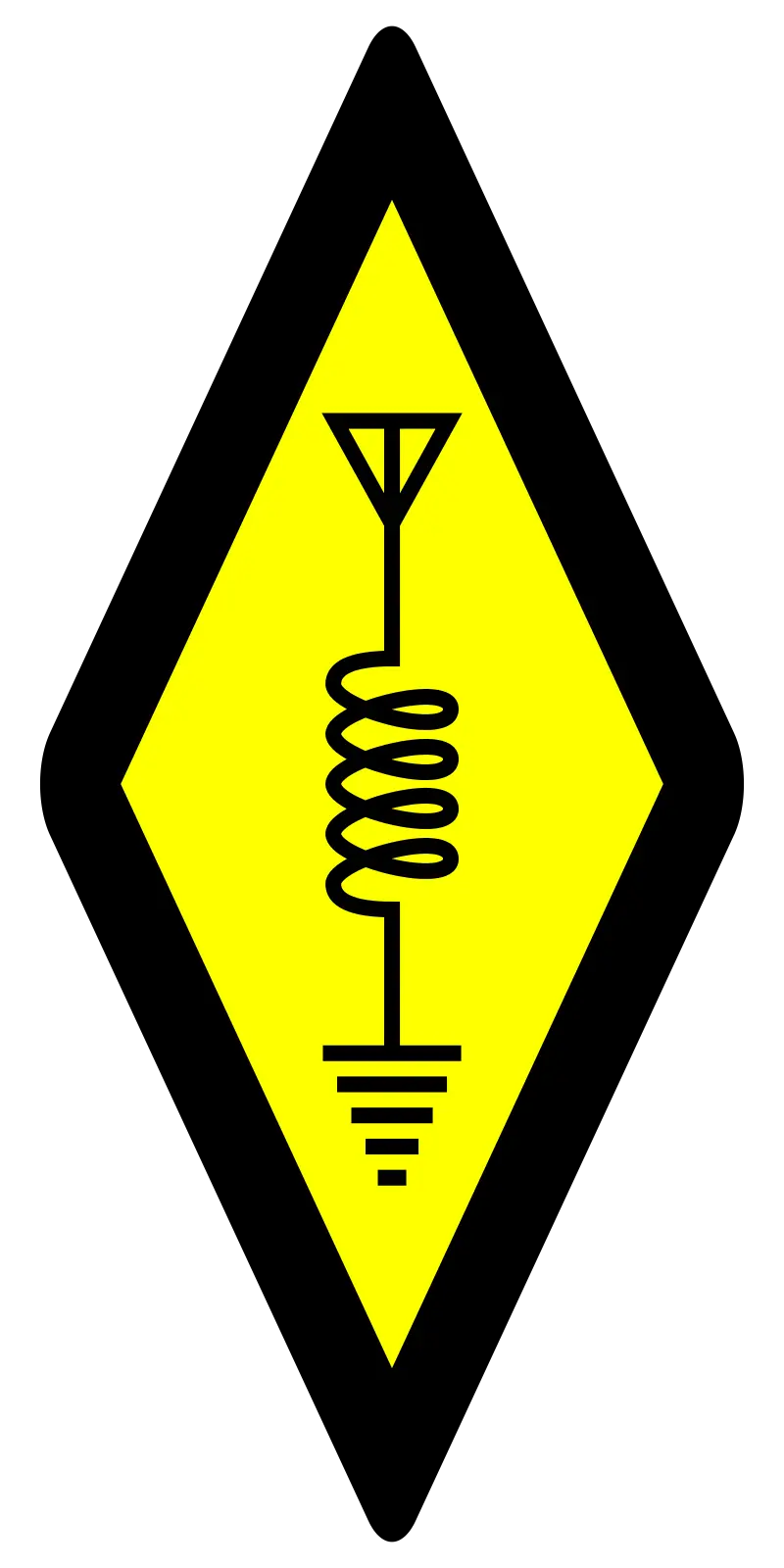I’m considering building a directional FM antenna for an FM station that has almost no signal in most of the house. Otherwise I must put the receiver near the window and put the antenna in a specific position. (related thread)
At the same time I am also tempted to build a omni-directional FM antenna that would also suit DAB frequencies (if possible). Since I would prefer to only run one coax cable throughout the house I guess I need to know if the directional and omni-directional antennas can simply be spliced together to share the same coax.
Is that feasible?


I’m not from this community, so forgive me if I’m missing the point. If this is a regular fm radio station you’re talking about then you can just stream it over the Internet
Yes that’s true but the reason I listen to broadcast radio in the first place is because I’m on a limited connection. Broadcast radio consumes zero internet bandwidth. It’s also a lower carbon footprint (the transmission energy is spent whether I receive it or not).
Your first point makes total sense, interesting to know, thanks. Your second point i would guess probably doesn’t make sense. You’d probably have to stream an enormous amount of internet radio before it would create more pollution than is created by buying the hardware components that you’re talking about.
The CO₂ footprint of streaming is significant. That article is about video, and audio would be much less, but when you listen to the audio all day long it’s significant enough.
There’s also a privacy factor. To stream radio online with the same level of privacy as receiving a radio broadcast requires using Tor, which likely triples the footprint with the 3 encrypted hops.
W.r.t hardware, my DAB player is a multi-function device; not just a tuner but also speakers, bluetooth & USB. It’s the same speakers I would use if playing an internet stream. To improve reception the hardware to add for the antenna is quite simple: aluminum pipe, bolts, and coax… nothing that would generate more e-waste.